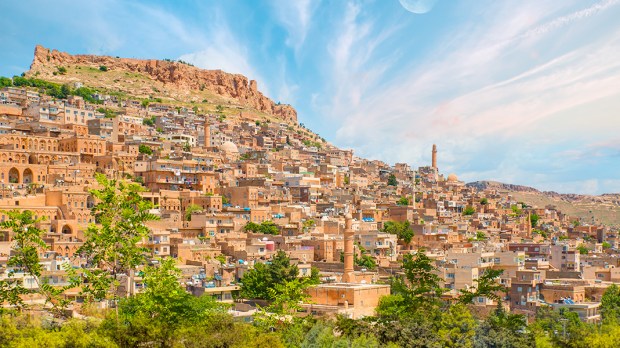Lenten Campaign 2025
This content is free of charge, as are all our articles.
Support us with a donation that is tax-deductible and enable us to continue to reach millions of readers.
Excavation is underway at a site in Souteastern Turkey where the remains of a 5th-century church were discovered in late 2019. The ruined church building, located in the village of Göktaş, features a 1,600-year-old floor mosaic that stretches from wall to wall. While there are sections that have been worn away by time and weather, much of this ancient artwork is still visible.
Turkey: Mosaics in ancient church unearthed https://t.co/T42kKZZN4Xpic.twitter.com/G4ORdZTuRk
— ANADOLU AGENCY (@anadoluagency) September 22, 2020
According to Daily Sabah, the excavation team is led by Abdülgani Tarkan, director of the Mardin Museum. Tarkan explained that the church building was laid out in the ancient basilica style. Today, the title basilica is most closely associated with grand Catholic churches that have certain privileges bestowed upon them by the pope, but in archaeological terminology, a basilica is an early architectural style that was featured in many of the public buildings of Ancient Rome.

Read more:
What is the difference between a basilica and a cathedral?
In an interview with the Anadolu Agency, Tarkan noted that the floor mosaic contained nine lines of text written in Estrangelo, the Ancient Syriac written language. Some of the text appears to be a list of names of those who contributed to the construction of the church building. He went on to describe the images of the artwork:
“The mosaics are also decorated with animal depictions, geometric ornaments and human figures, including scenes depicting people hunting. The names of the months April and June are also written on the human figures.”
The Anadolu Agency report also notes that archaeologists also discovered a set of forms regarding the public performances of religious worship. These important first-hand documents may provide insight into cultural elements of the religious practices of 5th-century Christians.
The site is expected to be opened to the public soon after the excavation is completed.

